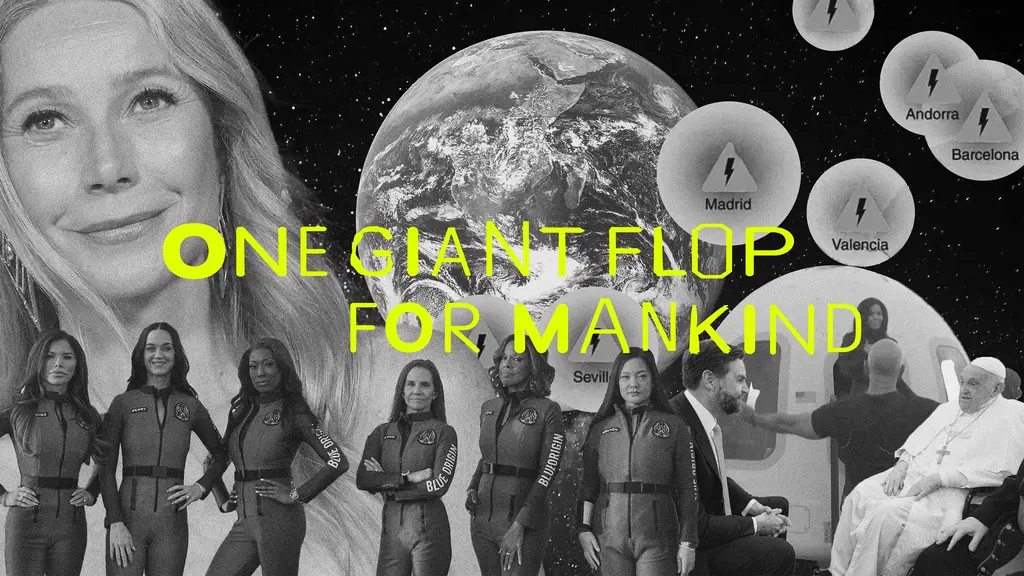Documenting the Women’s Peace Movement in Congo
- Text by Miss Rosen
- Photography by Hugh Kinsella Cunningham

Over the past two decades, a complex web of conflicts and grievances in the Democratic Republic of Congo (DRC) has resulted in the death of 5 million and displacement of nearly 7 million civilians.
What began as regional warfare following the 1994 Rwandan Genocide has gone global as a result of foreign reliance on the DRC’s extraordinary reserves of natural resources, including cobalt, uranium, and copper. But it’s the innocent civilians who are paying the price with their lives.
In 2019, photographer Hugh Kinsella Cunningham began documenting the conflicts in the Eastern DRC, spending time with those forced into displacement camps. “The testimonies and scenes of these stories are heart-rending,” he says, “especially when listening to them speak about what they have witnessed or experienced at the hands of rebel groups.”

In 2021, writer Camille Maubert arrived in DRC to research violence against women and the strategies they employ to protect themselves and manage trauma. “A lot of the work on Congo tends to focus on victimhood,” she says, “but I also wanted to explore what women were doing to stop that cycle of violence.”
That same year, Cunningham and Maubert teamed up with local correspondent Sifa Bahati, who helped them secure access to a loose network of activists and organisations on the ground to create “The Women’s Peace Movement in Congo.”
The on-going project documents the stories of women on the frontlines, risking their lives to mediate conflicts, track human rights violations, and advocate for victims. Their first-person accounts provide a vital account of underreported stories including the ethnic violence of the Ituri conflict; an Islamist insurgency waged by the ADF rebel group in Beni Territory; and the resurgence of the M23 conflict across North Kivu province.

They spoke with activists who arranged a temporary ceasefire in 2008 so that they could meet with Laurent Nkunda, the commander of the CNDP rebels. “But since then, times have changed, and many rebel groups are far too hostile to approach and negotiate with directly,” says Cunningham.
Rebel groups are not the only threat to peace. “Government forces also prey on civilians,” says Cunningham. “Many of the grassroots activists we have met now concentrate on protecting their communities from the worst excesses of their own army and police.”
“The Women’s Peace Movement in Congo” presents powerful accounts of the work they are doing to end the conflict while simultaneously working address poverty through political and economic empowerment and support victims of violence and sexual assault.


The team has interviewed members of the original movement going back to the early ‘90s, including Justine Masika and Louise Nyota, who continue to do the work while simultaneously engaging younger generations to join the call for peace.
“What motivates women to join the movement is the belief that if they don’t step in, no one will,” says Maubert. “Many explained that, as mothers, they want to stop their children from dying in the conflicts and they dream of a future where they can live, study and farm in peace.”
Enjoyed this article? Follow Huck on X and Instagram.
Support stories like this by becoming a member of Club Huck.
You might like

Largest-Ever Display of UK AIDS Memorial Quilt Opens at Tate Modern
Grief Made Visible — Comprising hundreds of panels made by lovers, friends and chosen family, the UK AIDS Memorial Quilt returns in full for the first time since 1994 – a testament to grief, friendship and the ongoing fight against HIV stigma.
Written by: Ella Glossop

In Medellín’s alleys and side streets, football’s founding spirit shines
Street Spirit — Granted two weeks of unfettered access, photographer Tom Ringsby captures the warmth and DIY essence of the Colombian city’s grassroots street football scene.
Written by: Isaac Muk

Remembering New York’s ’90s gay scene via its vibrant nightclub flyers
Getting In — After coming out in his 20s, David Kennerley became a fixture on the city’s queer scene, while pocketing invites that he picked up along the way. His latest book dives into his rich archive.
Written by: Miss Rosen

On Alexander Skarsgård’s trousers, The Rehearsal, and the importance of weirdos
Freaks and Finances — In the May edition of our monthly culture newsletter, columnist Emma Garland reflects on the Swedish actor’s Cannes look, Nathan Fielder’s wild ambition, and Jafaican.
Written by: Emma Garland

Why Katy Perry’s space flight was one giant flop for mankind
Galactic girlbossing — In a widely-panned, 11-minute trip to the edge of the earth’s atmosphere, the ‘Women’s World’ singer joined an all-female space crew in an expensive vanity advert for Jeff Bezos’ Blue Origin. Newsletter columnist Emma Garland explains its apocalypse indicating signs.
Written by: Emma Garland

We are all Mia Khalifa
How humour, therapy and community help Huck's latest cover star control her narrative.
Written by: Alya Mooro








